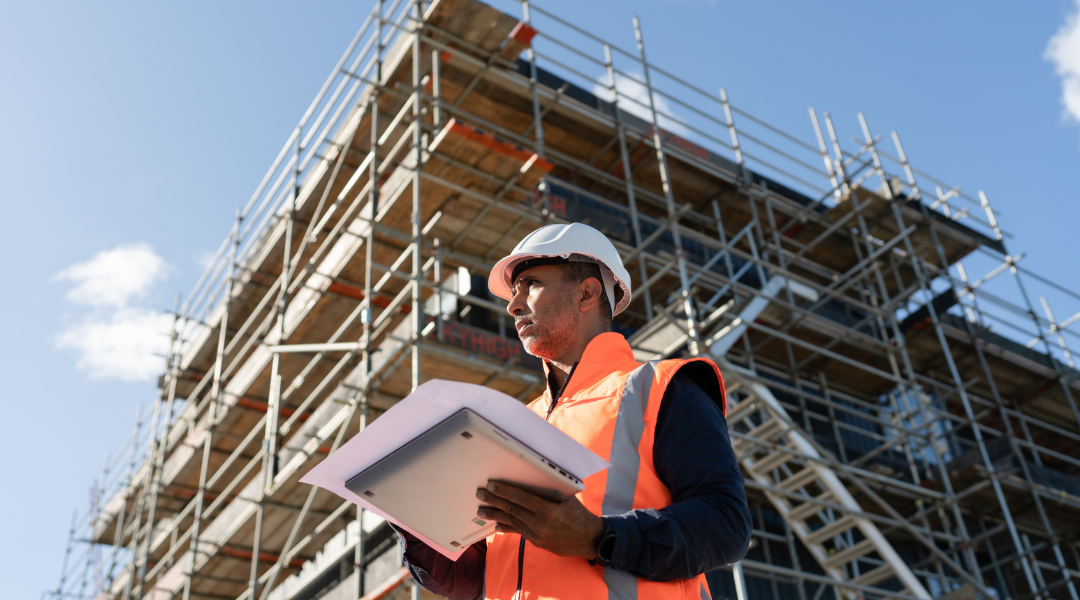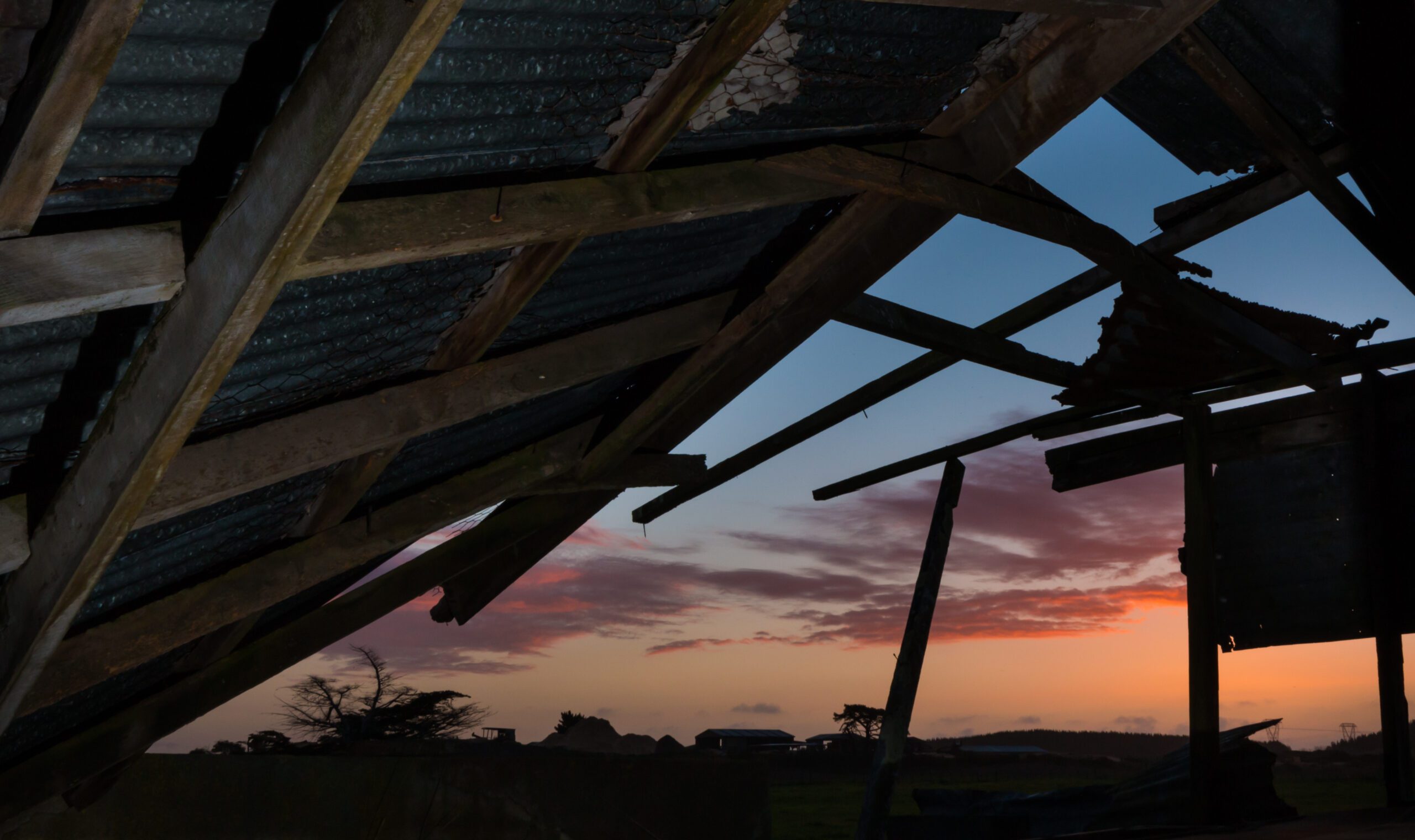Overview
The building reforms aim to make the system more proportionate to actual risk, reduce unnecessary costs, and support better outcomes for communities—especially in regional and low-risk areas.
Key changes proposed
- Low-Risk Areas Removed
- Auckland, Northland, and the Chatham Islands will be excluded from the earthquake-prone building (EPB) framework.
- Smarter Risk-Based Assessments
- A new tiered system will replace the %NBS metric, focusing on building type, location, and actual risk.
- Reduced Compliance Burden
- Over half of buildings currently on the EPB register will be removed or face fewer upgrade requirements.
- Extended Timeframes
- Building owners may apply for deadline extensions of up to 15 years.
- Decoupling of Upgrade Requirements
- Fire safety and disability access upgrades will no longer be automatically required alongside seismic strengthening.
- Refined Priority Building Criteria
- Priority buildings will be limited to those blocking emergency routes or located in high-traffic areas.
Additional Building System Reforms
- Proportionate Liability
Councils will only be responsible for their share of fault in building-related issues. - Consent System Improvements
Councils may consolidate Building Consent Authority (BCA) functions, and new targets will reduce inspection wait times. Rules for minor structures will be simplified. - Greater Product Flexibility
Overseas building products will be easier to use, giving builders more choice.
Implications for Local Government
Councils will need to:
- Update EPB registers and apply new risk-based criteria.
- Adjust compliance and consent processes.
- Prepare for changes in liability exposure.
- Engage with communities—especially Māori and regional stakeholders.
- Coordinate with MBIE for guidance and implementation.
Benefits for Communities:
- NZ$8.2 billion in estimated savings for building owners and agencies.
- Reduced compliance burden for regional and heritage buildings.
- Improved ability to preserve culturally significant structures.
- A more targeted and effective approach to building safety.
Considerations for Māori housing
- MBIE advises that the building system should be more responsive to Māori building needs and aspirations. Councils are encouraged to engage directly with iwi and hapū to address barriers and support culturally appropriate housing solutions.
Timeline
A draft Bill covering liability setting changes and measures to enable BCA voluntary consolidation will be introduced to Parliament in early 2026. Until the Bill is passed, the current liability and BCA settings remain in place.
Latest Government updates
The latest updates on building reforms can be found on the Ministry of Business, Innovation & Employment website.
MBIE has introduced a new regulatory pathway to make it easier to use overseas building products in New Zealand. This change is part of a broader reform to improve product flexibility and reduce compliance barriers. It also includes a regular three-year update cycle for the Building Code system.
Recent releases include:
7 October 2025 – Information on new pathways for overseas building products
29 September 2025 – Announcement on proposed legislative changes to the earthquake-prone building (EPB) system.
Latest Taituarā updates
Advocacy and submissions
We lodged a formal submission on the Building and Construction (Small Stand-alone Dwellings) Amendment Bill, advocating for clearer roles for territorial authorities and protections for public infrastructure.
Provided feedback on remote inspections and other building consent process improvements to MBIE.
Webinars and forums
Hosted an interactive online workshop on managing earthquake-prone council buildings, featuring BRANZ’s decision-making framework. This supported councils in balancing safety, service continuity, and legislative obligations.
Delivered Best Practice Forums and webinars throughout 2025 focused on building system reform, risk management, and strategic planning.
Sector engagement
Facilitated discussions at the Taituarā Annual Conference 2025 and Community Plan Forum, where building reform was a key theme alongside resilience, infrastructure, and strategic planning.
Related resources
Resources
Check our Events and Learning Calendar for any upcoming webinars on this topic.
Check our Recorded Webinars page for discussions covering this topic.



